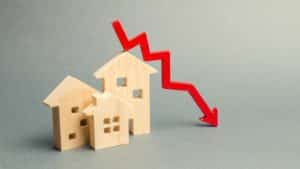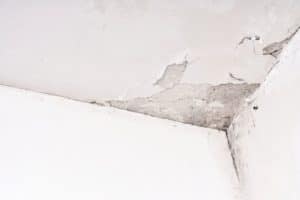Buying a home could be overwhelming. There are times when a buyer is already convinced to own a property without looking deeper into its condition. House hunting requires time, attention to detail, and a bit of knowledge to avoid potential issues that are commonly encountered by new homeowners.
Remember, you are buying a real estate property that you may own for years or even pass on from one generation to the next. You have to do the necessary checks to protect your investment. One way to do this is to know the red flags when buying a home. Here’s an article that sums up the signs that can spare you from stressful mistakes later on.
7 Red Flags When Buying a Home
1. Super Low Selling Price

When things are too good to be true, you should not fall short of doing your investigation before sealing the deal. Surely you’d want the best bargain and would like to save as much as possible. However, going for a home with a price lower than what its actual value suggests may mean that you will be in for some unpleasant surprises.
Always check the prices of a property based on the location, size, type, and other relevant factors. Do not be pressured into signing a contract without investigating. Let the seller know that you are aware of the value of properties in a certain location and ask why they are selling it lower than the market price. Assess if their answer is reasonable or if they are telling the truth.
2. Large Cracks on Foundation
Structural cracks vary in size. While small, thread-like cracks may not be a cause for worry, large cracks should not be disregarded. When cracks that are more than half an inch are evident, chances are that the house’s foundation is already compromised. Seek the advice of a structural engineer to inspect cracks, especially those that are more than half an inch. Aside from making sure that you’ll make the most of the property, this is a safety concern that will affect your peace of mind.
3. Substandard Construction

Substandard homes are usually cheaper than other properties. However, despite its low price, it is considered a risky investment that may compromise your money and safety. While it may require familiarity with the National Building Code to understand substandard construction, some of the red flags that pertain to this include:
- Low-quality foundation, floor support, walls, ceilings, and roofs
- Cheap construction materials used in the home
- Visible signs of deterioration
- Rusting pipes
- Substandard wiring
4. Serious Plumbing Problems
Broken flush or faucets are the less serious plumbing problems that can be solved easily. However, there are serious plumbing problems that you should pay attention to. Among the red flags when buying a home related to plumbing issues are as follows:
- A slow drain may indicate clogs that may either be fixed easily or require significant fixes.
- Bubbles or blister-like spots on ceilings or walls are signs of moisture caused by a damaged roof or plumbing system.
- Sewer odor could be a sign that a sewer vent or drain traps are damaged.
- High water bills that cannot be justified by the fixtures available in the home could indicate leaks or plumbing system damage.
5. Pest or Insect Infestation

Pests or insects are not just annoying, but they may bring health, structural, and other problems, too. Wood-destroying pests such as termites should be treated immediately or you’d have to deal with structural and furniture damage every now and then. Rats and cockroaches should also be controlled as they may cause health problems. Although there are property locations where insects or pests may reach a property from time to time, you should be able to identify a serious infestation. Some of the signs that you should watch out for include:
- Small holes
- Droppings
- Ammonia-like smell
- Dirt or mud buildup
- Muddy debris around windows or doors
6. Complex Ownership History
Knowing the history of property ownership can be done through the Registry of Deeds. Although it’s okay to have properties bought and sold from one owner to another, an ownership history that may indicate problems involving the property should not be missed.
Frequent ownership changes should be checked as this could be related to problematic neighbors or an unsafe community. Although this may vary from person to person, it will still help if you will investigate to be prepared for what you may encounter once you become the official owner of the home.
7. Unhappy Neighbors

Another thing that you should consider is the feedback from your ‘future’ neighbors. They are the ones who can give you an overview of how it would be like to live in the neighborhood or if there are problems they have encountered that you may experience too. Learn from their experiences, decide if you can live with such problems, and think of possible solutions to avoid being in the same situation. You also need to be careful in choosing who to talk to. It’s better to ask 3 to 5 neighbors to get a better and unbiased perspective of the neighborhood.
ALSO READ: The Essential House Turnover Checklist for New Home Owners
The Bottom Line
There are red flags to look out for when buying a home even if you feel overwhelmed or think that you have already found the home of your dreams. Avoid getting too attached to any property without doing the necessary inspections so you can be spared from future problems and unnecessary expenses.
If you are looking for a high-quality home in prime locations, Check out CitiGlobal. Find a quality and affordable home in a master-planned community through Tagaytay Fontaine Villas or buy a condo unit in Tagaytay Clifton Resort Suites. Diamond Beach Residences is another real estate development that offers luxurious beachfront properties in Palawan.
Check out the virtual tour of Tagaytay Fontaine Villas, here:
Send us a message to inquire about our real estate development projects.

